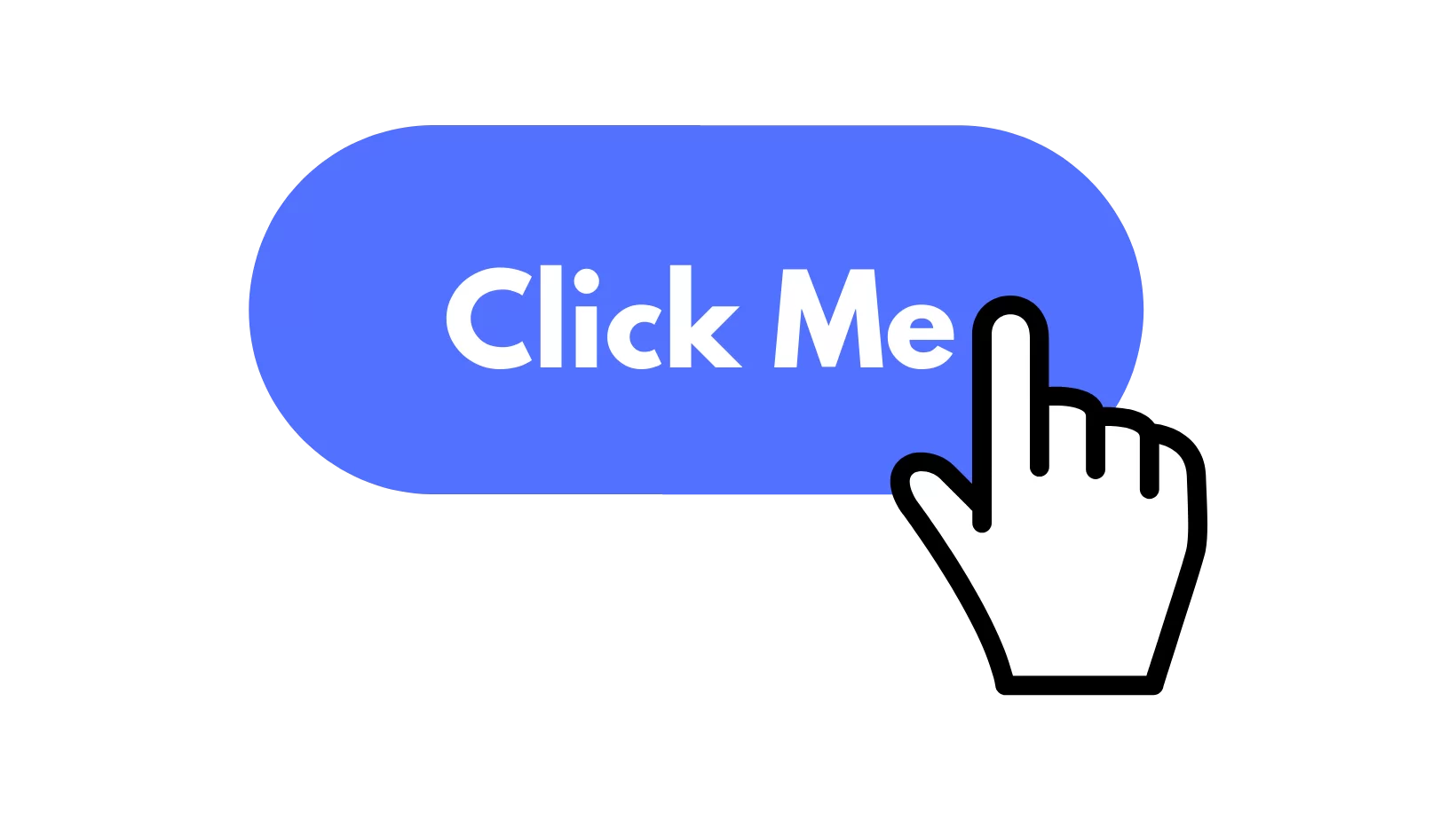Have you ever visited a website, read a compelling article, or watched an engaging video, only to be left wondering what to do next? This frustrating experience is all too common and can be traced back to one key issue: ineffective call to action (CTA).

A call to action is a critical component of any marketing or content strategy. It is the element that prompts the viewer or reader to take a specific action, such as making a purchase, subscribing to a newsletter, or signing up for a free trial. However, when a call to action fails to deliver results, it can be detrimental to the success of a campaign or business.
We also provide website optimization service. Contact ALSA IT
The problem of an ineffective call to action can arise from various factors. Firstly, it may be too vague or unclear, leaving the audience unsure of what to do next. For example, a button that simply says "Click here" without providing any context or direction is unlikely to generate the desired response. Additionally, if the CTA is buried within a block of text or placed inconspicuously, it may go unnoticed entirely by the reader.

Furthermore, an ineffective call to action might lack a sense of urgency or fail to communicate the value of the action being prompted. In today's fast-paced digital environment, people are constantly bombarded with information and distractions. Without a compelling reason to take action immediately, they are likely to move on to the next thing without engaging further.
So, what are the solutions to the problem of ineffective call to action? Firstly, it is crucial to make the CTA clear and concise. Use action-oriented verbs that describe precisely what the audience should do, such as "Buy now," "Subscribe today," or "Start your free trial." Make sure the CTA stands out visually, using color contrast, size, or other design techniques. By drawing attention to it, you increase the likelihood of engagement.
Secondly, create a sense of urgency or incentivize action. Adding a deadline, limited-time offer, or exclusive bonus can motivate people to act quickly. Nobody wants to miss out on a great deal or opportunity, so make sure to communicate the unique value they would gain by taking action immediately.
Lastly, consider the placement and visibility of your call to action. It should be strategically positioned at natural stopping points or points of conversion within your content. Avoid burying it in long paragraphs or small font sizes, and instead, make it stand out clearly. Consider utilizing white space or surrounding it with attention-grabbing graphics.
In conclusion, an ineffective call to action is a common problem that can hinder the success of marketing efforts. By making the CTA clear, concise, urgent, and visible, businesses can overcome this issue and increase conversion rates. Remember, the call to action is the bridge between engagement and action, so invest time and effort into optimizing it for the best results.
We also provide website optimization service. Contact ALSA IT